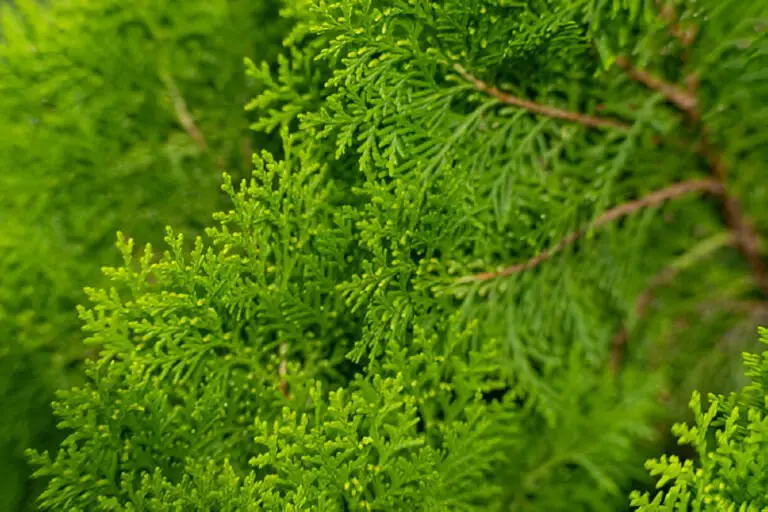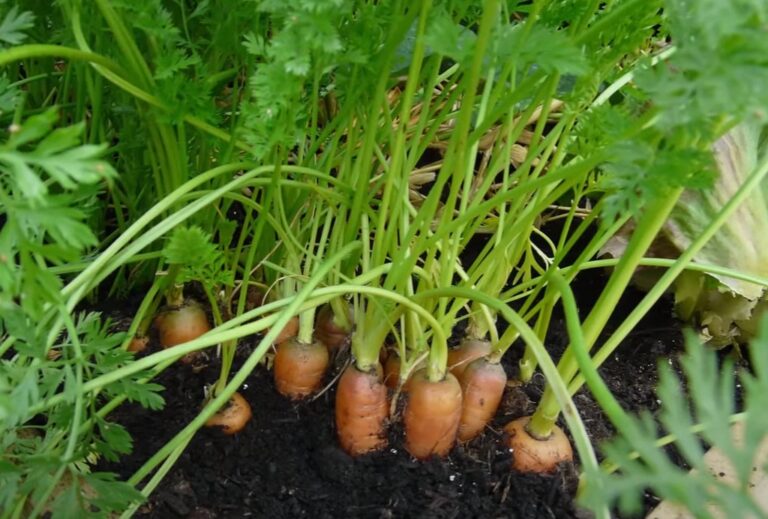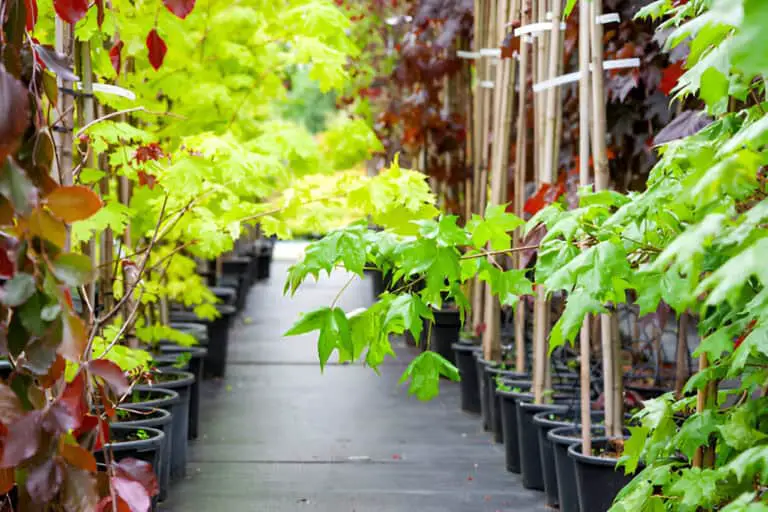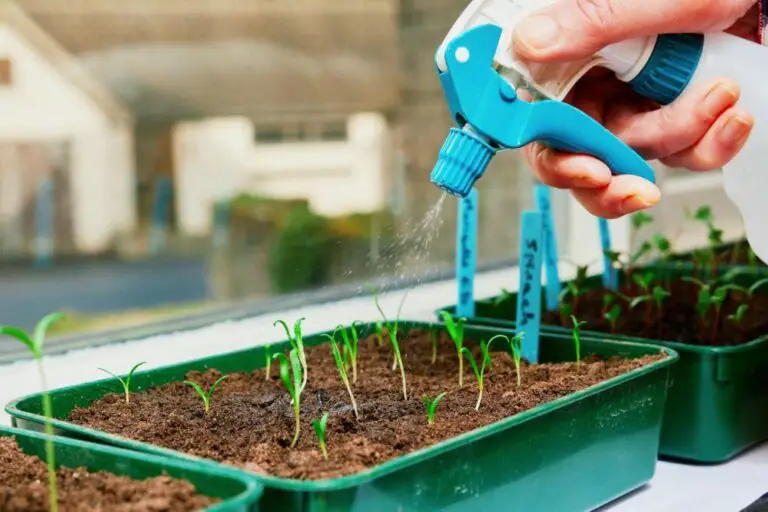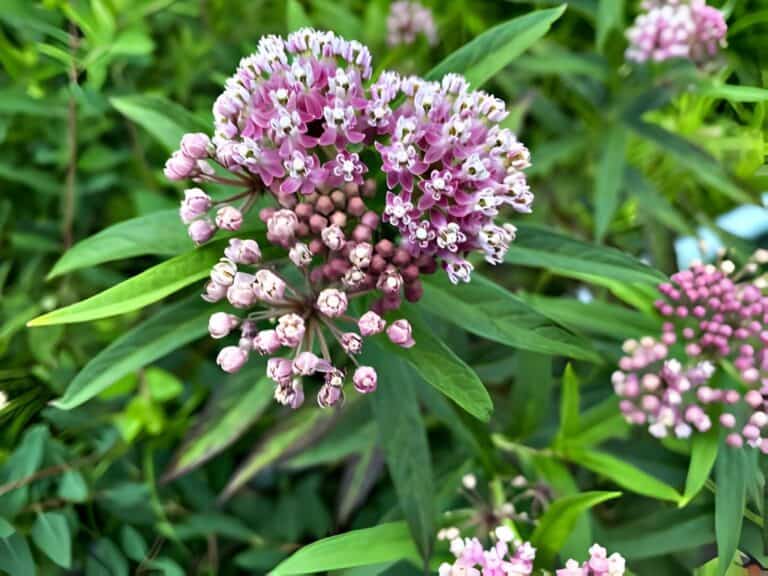How Macadamia Nuts Are Grown and Harvested: A Peek Behind the Process
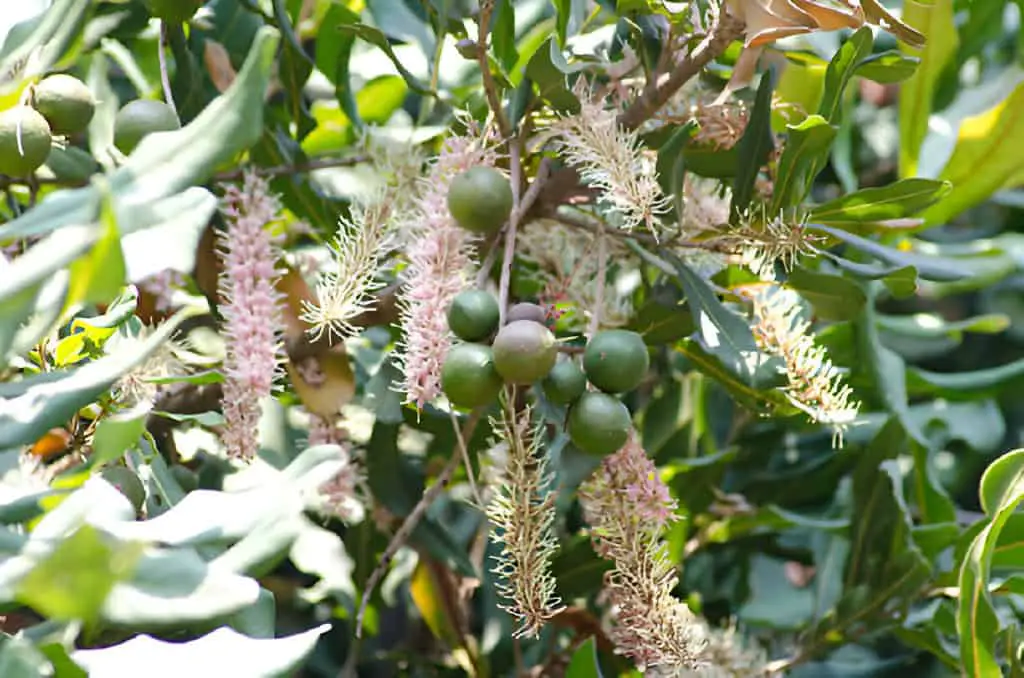
Macadamia nuts are often regarded as the cream of the crop, thanks to their rich, buttery flavor and luxurious texture. But have you ever wondered what goes into producing these delightful little gems? From the lush orchards to the moment they hit your snack bowl, macadamia nuts undergo a fascinating journey.
Ever gazed at a macadamia nut and thought, “What’s the story behind this delicious treat?” Imagine the journey from a humble seed to a glossy nut encased in a tough shell. Curious about how these nuts are nurtured from planting to harvest? You’re not alone! The process of growing and harvesting macadamia nuts is as intriguing as their taste is indulgent.
By diving into this article, you’ll gain a deeper appreciation for the meticulous care and expertise involved in bringing macadamia nuts to your table. From understanding the ideal growing conditions to the harvest techniques that ensure their quality, this guide will enrich your knowledge and enhance your enjoyment of this delectable nut.
So, join us as we uncover the secrets behind the macadamia nut’s journey from the orchard to your snack bowl.
Overview of Macadamia Nuts

Macadamia nuts, known for their rich, buttery flavor and creamy texture, have become a popular choice in both savory and sweet dishes. Originating from Australia, these nuts are now grown in various tropical regions around the world, including Hawaii and parts of Africa.
Their popularity is due to their unique taste and high nutrition. They are a good source of healthy fats, protein, and essential minerals.
The process of growing macadamia nuts is quite fascinating. The trees thrive in well-drained, sandy soils with a tropical climate that provides ample rainfall. Once planted, the trees take several years to mature and start bearing fruit.
Harvesting means carefully collecting the nuts from the ground. They must have naturally fallen from the tree. This process requires precision, as the nuts need to be dried and hulled before they can be consumed or processed. The combination of these factors contributes to the nut’s high quality and premium price.
Where Are Most Macadamia Nuts Grown?
Most macadamia nuts are grown in several regions around the world, with the largest production currently coming from Africa. Specifically, South Africa is the world’s largest producer of macadamia nuts, accounting for about 57,000 metric tons of in-shell macadamia nuts and around 15,700 metric tons of macadamia nut kernels annually.
Other significant producers are Australia and Hawaii. The trees are native to Australia and were first cultivated there. Hawaii was once a major producer but has since been surpassed by South Africa. Additionally, macadamia nuts are also grown in Florida and California in the United States, as well as in Latin America, Asia, and other parts of Africa.
Growing Macadamia Nuts
1. Starting with the Right Climate and Soil
Macadamia trees thrive in warm, sunny, subtropical climates. They need well-drained, slightly acidic soil. They originally hail from Australia but are now also grown in places like Hawaii, South Africa, and Central America. The ideal conditions include:
- Temperature: Between 60-85°F (15-30°C).
- Rainfall: They prefer around 60-120 inches of rainfall annually.
- Soil: Well-draining soil is crucial to prevent root rot, with a pH of 5.0-6.5.
- Wind Conditions: Macadamia trees are sensitive to high winds and should be planted in areas with mild winds. It is generally recommended to avoid planting in areas exposed to strong winds.
- Humid Conditions: Macadamia trees prefer humid, tropical, or subtropical areas.
2. Planting Macadamia Trees
Macadamia trees can be grown from seeds or grafted saplings. Grafted trees are preferred as they produce nuts sooner and have more predictable quality. Planting usually occurs in the early spring or during the rainy season to ensure the young trees receive adequate moisture.
- Spacing: Trees are planted about 20–30 feet apart to allow ample space for growth and easy access during harvest.
- Fertilization: Regular fertilization with nitrogen-rich and potassium fertilizers helps support their growth and nut production.
3. Caring for the Trees
Macadamia trees require regular care, especially in the first few years. Proper irrigation, mulching to conserve soil moisture, and pruning to remove dead or crossing branches are essential practices. Additionally, pest management is crucial as macadamia trees can be susceptible to pests like the macadamia nut borer.
Harvesting Macadamia Nuts
1. Maturity and Harvest Time
Macadamia trees typically take 5-7 years to begin producing nuts when grown from grafted saplings and 10-15 years from seeds. The nuts mature gradually over the year, and harvesting occurs when the nuts naturally fall to the ground.
- Season: Harvesting usually happens between March and September, depending on the growing region.
- Sign of Readiness: The nuts drop to the ground when ready. Mature nuts have a hard, brown shell encased in a green, leathery husk.
2. The Harvesting Process
Harvesting macadamia nuts is mostly a manual process but can be mechanized in large orchards.
- Manual Collection: Workers collect fallen nuts by hand or use long-handled tools.
- Mechanical Harvesting: In larger orchards, machines can efficiently gather nuts. Examples include vacuum harvesters and sweepers.
3. Post-Harvest Processing
Once collected, the nuts undergo several processing steps:
- Husking: The green husks are removed using mechanical dehuskers, exposing the hard shell.
- Drying: Nuts are dried to reduce moisture content, which helps extend shelf life and makes cracking easier.
- Cracking and Sorting: The nuts are cracked, usually by specialized equipment due to their hard shells. The kernels are then sorted by size and quality.
- Roasting and Packaging: Finally, the kernels are often roasted to enhance flavor, though they can also be sold raw.
Challenges in Growing and Harvesting Macadamia Nuts
Growing macadamia nuts is not without its challenges. Here are a few:
- Slow Maturity: Trees take several years to produce a significant yield, making it a long-term investment.
- Pests and Diseases: Insects like the macadamia nut borer and fungal diseases can impact tree health and yield.
- Labor-Intensive Harvesting: Even with mechanical aids, harvesting can be labor-intensive, especially on uneven terrains.
The Reward: Delicious Macadamia Nuts
Despite the challenges, the reward of growing macadamias is worth the effort. Macadamia nuts have a rich, buttery flavor. This makes them a prized ingredient in many recipes, from snacks to gourmet dishes. Whether enjoyed raw, roasted, or covered in chocolate, these nuts are a testament to the hard work and dedication of farmers around the world.
Growing and harvesting macadamia nuts is a blend of patience, skill, and understanding of the tree’s needs. With the right conditions and care, these trees can provide a bounty harvest of one of the world’s most cherished nuts.

